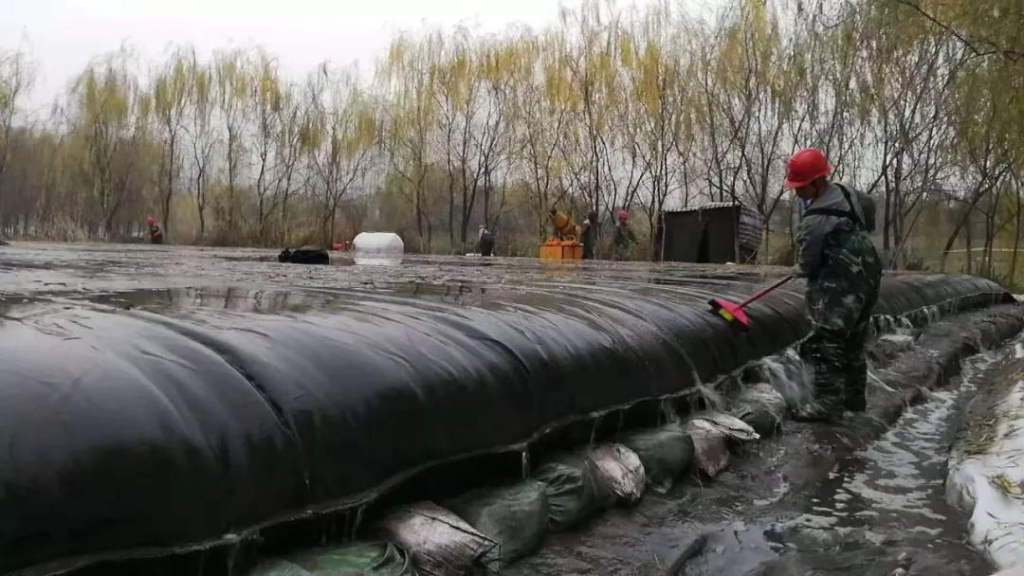 Back to List
Back to List

During the environmental dredging construction process, a large amount of contaminated sediment is produced. The traditional environmental dredging construction method is to find a large area of contiguous land to build mud ponds, stack them, and use them after natural drying. However, the general polluted sediment is a silty clay with high organic matter, which is greatly affected by natural rainfall and other factors. It takes 5-10 years or even longer to consolidate by natural air drying method, which causes long-term occupation. Land resources are not conducive to the timely development and use of land resources and landscape restoration, which directly restricts the progress of lake management. With the shortage of urban land, the cost of using the site is becoming more and more expensive. The long-term occupation of land by the bottom mud of the dredging yard has become an important factor affecting the efficiency and economic benefits of environmental dredging projects, especially in densely populated and economically developed areas in the central and eastern coastal areas of China. The contradiction is particularly prominent. In addition, there are certain environmental and safety hazards in the method of treating contaminated bottom sludge in the storage yard. Since the bottom sludge in the storage yard is exposed and directly contacts the surrounding environment, if the remaining water treatment in the storage yard does not meet the standard, it will affect the surrounding water body. Cause secondary pollution.
On the issue of post-treatment of contaminated bottom sludge, a new construction technology-geotechnical pipe bag dehydration and solidification process has been widely adopted in China. This technology treats the polluted sediment removed from the bottom of the lake by the environmentally friendly cutter suction vessel through technical links such as adding chemicals, and injects it into the geotechnical pipe bag through a pipeline, and injects the polluted sediment with a high water content into the geotechnical pipe bag, flocculates, settles, and drains. After filtering, the volume is greatly reduced in a short time, and the geotechnical pipe bag can be stacked in multiple layers, which greatly reduces the demand for land, and the entire treatment process is completely enclosed and pollution-free. This process is considered by many people in the industry to be a cheap and environmentally friendly treatment method for contaminated river and lake sediments.